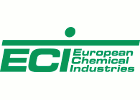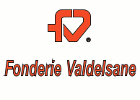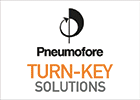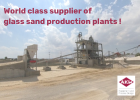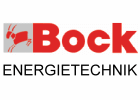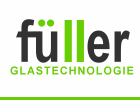INFO
Dies sind die Basisdaten für das ausgewählte Unternehmen. Diese Firma stellt weitere Informationen wie z.B. Webseite, Telefon- und Fax-Nummern, Ansprechpartner, Firmengeschichte, Details bereit.
Um diese Informationen einzusehen benötigen Sie einen gültigen "Profile Access" für glassglobal.com. Die Konditionen können Sie über folgenden Link: Preis Info einsehen
Kontakt Info
| Anschrift | Elias Valavanis S.A. Berlin Packaging Group PO Box 3071 41004 Larisa |
| Land | Griechenland |
| Ihre Nachricht an Elias Valavanis S.A. |
Produkte oder Maschinen
The glass which we produce for the manufacture of bottles belongs to the system Na2o-CaO-SiO2. All the compositions in this category are designed so as to contain these main elements. Other chemical compounds or elements may be added to the system either to assist in refining the glass mass from bubbles or to increase productivity of the machinery or for other practical reasons.
The raw materials – silica sand, soda ash, limestone and recycled glass – are mixed in specific ratios and then transported to the glass tank furnace where at a temperature of 1.500 °C, they form a viscous liquid.
By adding different colouring agents we can colour the glass. Coloured glass increases the design possibilities of bottles. However, a white glass bottle gives the consumer a direct estimation of the quality and quantity of the product contained.
The different shades of green are used to give emphasis to the characteristics of the product contained, whereas a brown glass bottle is used when the bottled product demands increased protection from the harmful ultra-violet rays.
- Bottle Decoration
- Bottle Print
- Bottle Painting
- Bottle Fluoridation
- Painting with Print
- Fluoridation with Print
